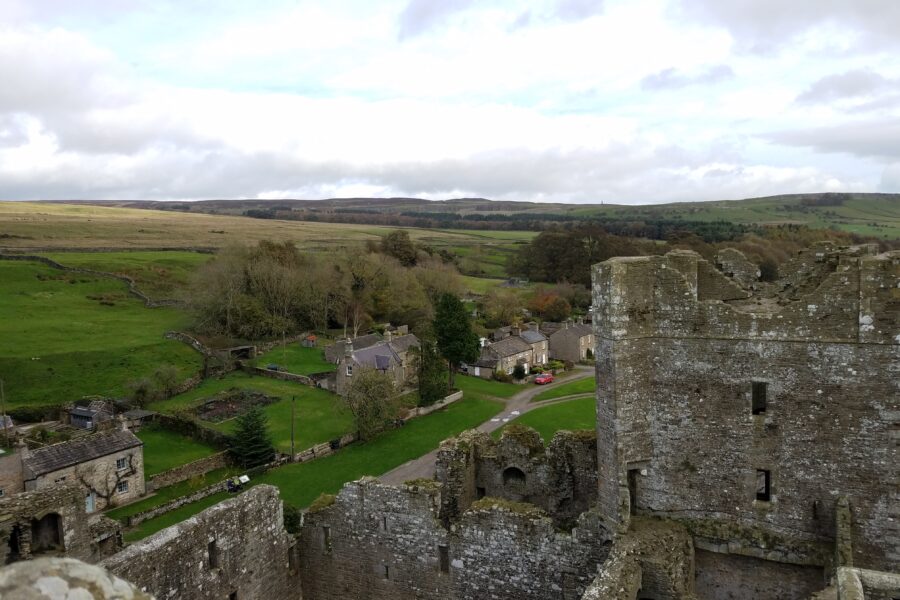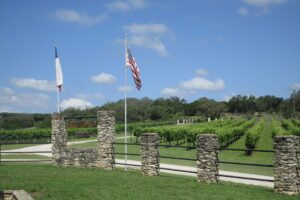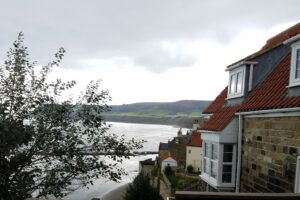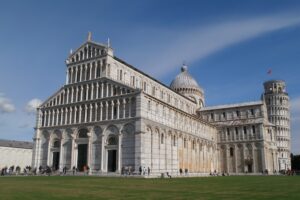There it goes again. “Id-yut,” said with just a wee bit of loathing.
Looking at the couple seated at the table across from me I ask, “Did he just say what I think he said?”
They nod, eyebrows raised, saying, “I think so.”
The reason it is so highly unusual to hear the word idiot wafting across the restaurant at such an early hour is that the word comes out of such a small young mouth; a very cute little boy that can’t be more than three, maybe four years old. Last night his chorus was “Shut-up.” Many many times. Along with his attractive parents he has an older—but not too old—sister sitting with him at the table—that must explain it.
“Well,” I continue the conversation, “he must have heard it from someone,” implying that a child that young doesn’t know the word or the correct context to use it in unless he has been on the receiving end—more than once.
The conversation continues with a statement aimed at me and my foreign accent, “You’re a long way from home.”
The three of us chat—for quite a while. Such a long while that Michael finally comes back into the dining room checking to see what has delayed my departure from breakfast for so long. Back in our room he beckons me to come quickly. I have to see something in our lean-to-greenhouse a.k.a sitting room. “You need to hurry,” he continues. I look through the glass walls at green grass and white sheep. “No,” he says, “Look up! It won’t last long.”

Blue sky! He also points to his muddy footprints in the green green grass where he slid backward, down the hill, in pursuit of photographing a sheep while I was having my morning conversation. The muddy white towels in the bath tell the rest of the story.

Settled in the car we race along Long Shaw Road toward the hamlets of Askrigg and New Biggin till we run into a local traffic jam. Stopping the car Michael and I watch as a river of sheep flow down the road toward us. Bringing up the rear of the herd is a sheepherder on his small tractor with a very nervous sheep dog pacing back and forth on the small attached platform.

I look at Michael, gesturing all around me, and ask, “How can you not love this?”
“It’s pretty.”
“It’s wonderful.” It is. I wonder if it is possible to just plant myself here and be—at least for awhile.
We travel our eleven mile route on a single road that changes names often, going from Long Shaw to Leyburn to Howgate to The Straights to Brunton Bank to Scallow Bank Lane terminating at Castle End which appropriately leads to the car park for Bolton Castle.


Mary Queen of Scotts was held prisoner here after fleeing Scotland for her life. I have become fascinated with her story. With her. And the more I hear the more I wonder, devil or angel? It seems to depend on which historian from which country tells the tale.
The path from the car park to the castle is pure glop. It rained again last night and I do a dance of leaves trying to avoid the muddy earth. I fail pretty miserably. Even the grass sinks into mud.
The castle, built by politically prominent, Sir Richard le Scrope, Lord Chancellor of England to Richard II, commenced in 1379, taking twenty years to complete. I love the timelines and the history that take up all of the walls in the first room we enter. I recognize names and places trying hard to put two and two together. Basically you were part of the in crowd or you weren’t; related by birth or marriage. I’ll never remember all of this. I stop trying and just enjoy the old stone, its interior and exterior walls and its environs.





Of course there are stairs—narrow circular stairs. We are advised to start at the bottom and proceed to the top. Floor by creaky floor. Mainly designed as fortresses, castles continue to amaze. Different but the same. All fascinating. Those we’ve seen have histories linked through the ages to someone I’ve heard of or read about.

We take longer than most to look and see and read. Always always reading. Michael even has to make excuses for me to individuals who pass through a room where we stand, are gone for a long while and return only to find us still where we stood when they left. “My wife likes to read everything,” he ruefully explains.


After exploring all there is to explore, climbing to the roof and getting blown to bits by the howling wind, ignoring the ubiquitous gift shop, we take the exterior steps down the outside walls, back to the mud and the dance of leaves. On our drive back to Hawes we run into the same—albeit different sheep—traffic jam we did this morning. A sheepherder’s work is apparently never done.





Because we loved the Wensleydale cheese we sampled at the beginning of this journey, that long ago night in Merlewood in the Lakes District, we have to check out the real thing. Driving through the town of Hawes we cross the bridge over Gayle Beck proceeding to the car park of the Wensleydale Creamery where we sample bits and pieces of twenty varieties of delicious cheeses. When finally we find ourselves in the airy café it seems mandatory that I order cheese toast to go with my ginger beer. Michael and I share a plate of four huge triangles of sliced bread laden with melted clumps of cheese along with a miniature salad to refresh the palate.

We have one more stop before our next adventure over the river and down the road in Harddraw. Michael hands over £6 for our tour of the creamery. It is virtually a playground for kids, with a few antiques thrown in for good measure, a wall explaining how cheese is made and at the very end a glass wall looking into a vast room where miles and miles of curds wait to be salted and stirred and turned into cheese.



We head for the Green Dragon Pub and the promised private waterfall display that cost £2.50 each to view. Walking the short path to the waterfall the ground is still muddy, the grass is slush and there are not enough leaves between me and the mud to keep me even halfway clean. But I’m washable so I continue on, taking great care not to land in Harddraw Beck on our way to Harddraw Force.




I try to get all of these words straight in my mind. A dale is a valley, a fell is a hill, a cam is a bank, a bank is hill, a beck is a stream, a force is a waterfall, a moor can be a fell. And since we have gone from sun to clouds to rain to sun to rain to clouds on this short journey I am mucky—I don’t think that one needs explanation.
Back in the car park of the Stonehouse Inn Michael opens the trunk of the Toyota revealing a spray bottle of glass cleaner and paper towels which we use to wipe down our shoes before walking through the front entrance—our only way in to the inn. Unfortunately our cleaning supplies do not work quite as well on our mucky pant legs.


Historic Castles in England
Of course one has to wonder if there are any other types of castles in England other than historic. There are almost too many to count and surely too many too see in this lifetime. But all are fascinating. Click on the link above and be an armchair traveler.

Yorkshire Dialect
Dales and fells and banks and forces all originated with the Vikings. Fascinating and fun. A challenge to remember.




















Leave a Reply
Your email is safe with us.